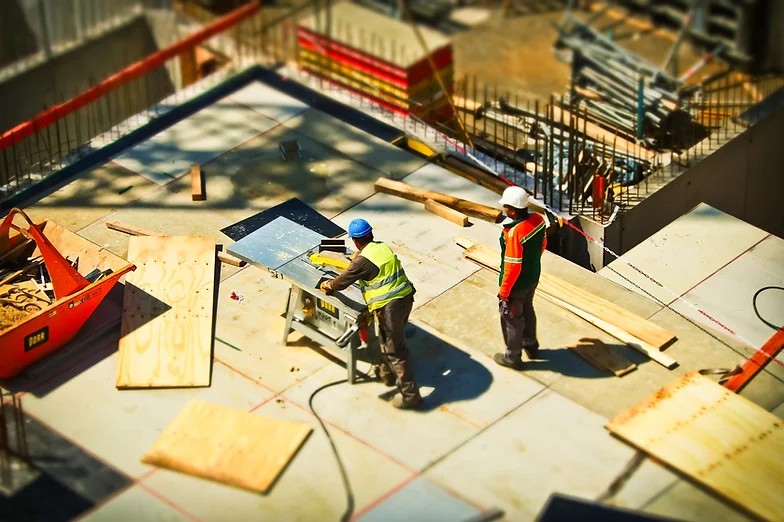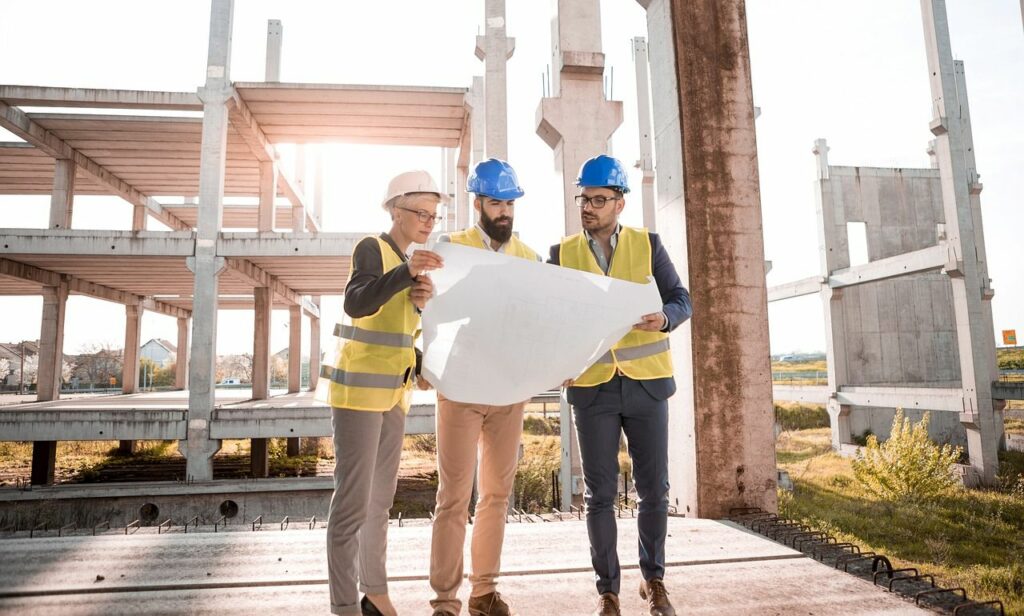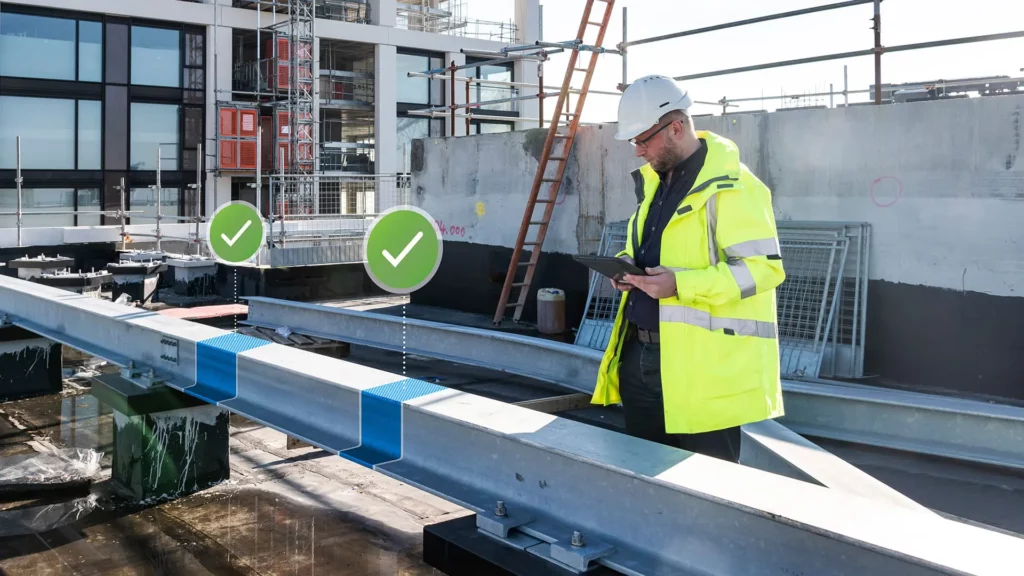While you may be hiring out for commercial construction in Baltimore, it still helps to understand the landscape of what’s going on. You don’t want to have a fully hands-off approach with commercial projects of this nature, as it can lead to your getting confused and being out of the loop.

Integrity serves a lot of big construction companies well, but the trust and verify approach works best. So, here’s a quick look at what the construction process looks like.
Commercial Contractors Begin By Planning

Project managers are a big part of the activities at this point as this is where key foundational decisions are made that will indicate how the project will proceed. Location choice and inspection will happen as the team needs all the details it can get on what it’s working with.
What does the zoning look like? Are there any contaminants that could pose a challenge to building construction? Is there infrastructure that allows traffic to flow to and from the space? These are just a few things that the project manager and the rest of the team will be thinking about.
Pre-Design Is Next and Will Leverage Internal and External Relationships

Again, project management is key here, as the idea is to set the budget and the goals that the general contractor will be working toward. Authentic communication is non-negotiable, as all considerations and concerns need to come to light.
Good general contractors will want to work within budget, timelines, and scope, and the only way to do that is to identify all elements that need to be considered. That’s why communication skills are often so important in this line of work.
The Commercial Construction Team Will Then Move to the Design Phase

Everybody who will be a part of the construction of the new space will be a part of this segment, which displays the mutual trust and dependency involved. While the pre-design was more general, the idea here is to get a more focused and detailed output of the times, specs, and costs that will be a part of the process.
Pre-construction Services Are Next on the List

As hard as it may be to believe, the amount of work done here is not too far removed from the amount that’s done during the actual construction. The guiding principle is to put everything in place to get the work going. For example, building permits are mandatory, as is the right insurance to ensure that the site is safe and unexpected situations can be handled.
It’s also at this stage that the materials to be used are procured. Assuming the previous phases went the way they were supposed to, you shouldn’t have too much being unaccounted for in the way of materials and other resources that would be needed.
Construction Follows

Isn’t it interesting that the thing you think about when you think of construction is the fifth phase? This is where the meat of the matter happens, including the drainage, excavation, sanitation, power, water, removal of vegetation, and the actual building.
The High-quality Services End with Post-construction Activities

With the construction complete, this is a quality assurance element that takes note of anything that would need to be addressed before the project can be signed off as complete. With those tasks done, a Substantial Completion certificate is done and a final inspection is carried out.
Final Remarks

Now, you have a much better idea of what the construction process entails, which allows you to have greater oversight of what your selected service provider is doing to realize your commercial building goals.









